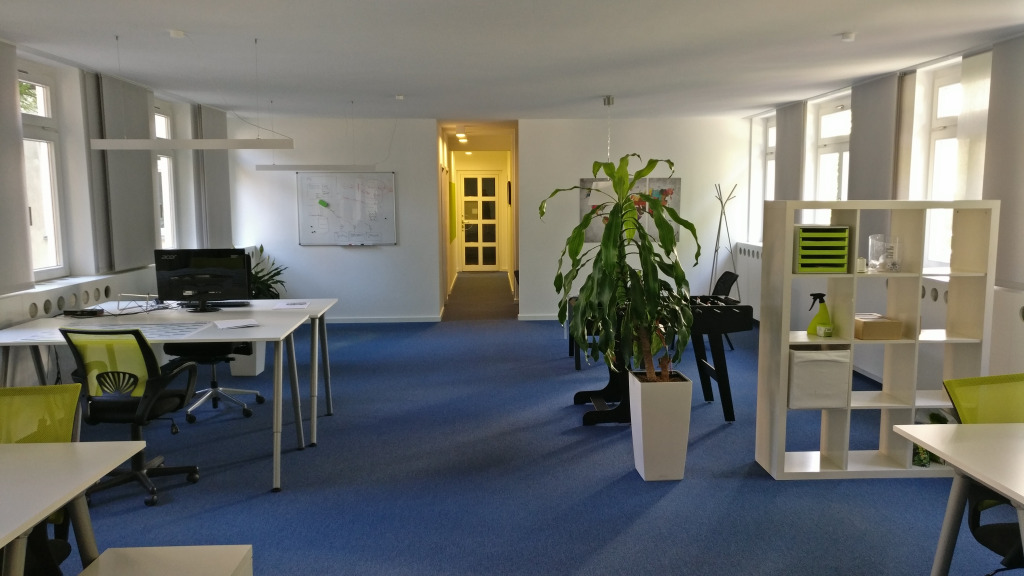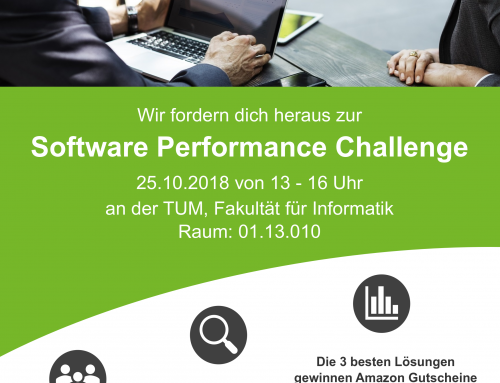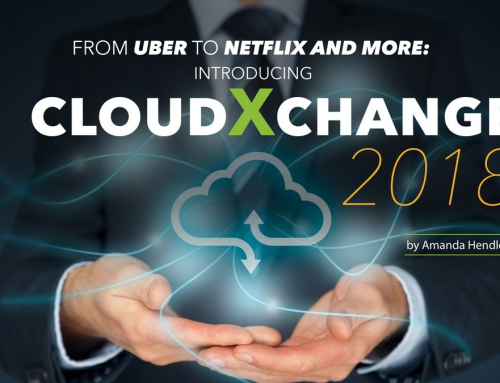
Liebe Performance Engineers,
Wir freuen uns sehr, dass wir zum ersten Mal seit der Umstellung auf digitale Meetups wieder ein Meetup vor Ort durchführen werden! Gleichzeitig wird mit diesem Meetup am 12. Juli um 19:00 unser neues RETIT Büro „eingeweiht“, das wir bereits Anfang 2020 bezogen haben.
Bitte melden Sie sich über die Meetup-Seite an:
https://www.meetup.com/de-DE/software-performance-meetup-group/events/286282013
Beachten Sie bitte auch, dass es aufgrund der Gegebenheiten in den Innenräumen eine Maskenpflicht geben wird. Im Anschluss an die Vorträge wird das Get-Together im Innenhof ohne Maskenpflicht stattfinden.
Die Vorträge werden sich mit dem von Software und der zugrunde liegenden Hardware verursachten Energieverbrauch und den dadurch entstehenden Emissionen beschäftigen. Dazu wird Dennis Breitling (Codecentric) Tools vorstellen, die die großen Cloud-Providern anbieten, um die Emissionen der jeweils genutzten Cloud-Infrastruktur sichtbar zu machen. Anschließend wird Denis Angeletta (RETIT) zeigen, wie sich der Hardware-Ressourcenbedarf einer Anwendung mithilfe einer OpenTelemetry Erweiterung messen lässt. Zuletzt wird Maximilan Meißner (Uni Würzburg) einen Eiblick in die Forschung zur Einführung von Energie-Labels für Software-Systeme in Kooperation mit RETIT geben.
Agenda
- Vorstellung
- Vorträge:
Measuring Emissions of Cloud Infrastructure in AWS, GCP and Azure, Dennis Breitling (Codecentric) [Folien]
People everywhere are raving about the cloud: unlimited scaling and countless features are already available „out of the box“. All this is available at unbeatable prices. The issue of sustainability is rarely mentioned. Today, however, data centers already consume as much energy as small towns, and the demand for energy continues to rise. This raises the question about the emissions caused by our cloud architectures. In this talk we will learn how to measure the emissions caused by our usage of the major cloud providers AWS, GCP and Azure.
What can you do to reduce CO² emissions of your software?, Denis Angeletta (RETIT) [Folien]
Being able to measure emissions of your cloud infrastructure is a great step forward. After measuring emissions, the next step is to reduce. To do that on a software level, you need to track your resource demands in the different layers of your application (e.g., transactions, amount of db calls, etc.). OpenTelemetry provides the ability to collect high quality and unaggregated response time data out of the box. With an extension this can be further improved to also include resource demands. This talk will give you an introduction on how OpenTelemetry is utilized and how RETIT PAS enables you to model and evaluate aggregated telemetry data to further minimize the impact of your software on the environment.
Towards Software Resource Efficiency Benchmarking – Or How to Get to a Resource Efficiency Classification of Software?, Maximilian Meißner, University of Wuerzburg [Folien]
Increasing the resource efficiency of software has great potential to make the IT-industry more sustainable. However, this potential is often not leveraged in practice. Having the knowledge and tools available to develop resource efficient software is one gap that needs to be closed. The other is to incentivize vendors to actually apply these tools. Benchmarks for evaluating the energy efficiency of hardware already exist and have sparked competition between manufacturers to increase the efficiency of their products. Benchmarking the energy efficiency of software, on the other hand, is an under-explored topic. In
this talk, we present our vision of a benchmark that assesses the resource consumption of data center software to make the resource usage of standard application types comparable between vendors.
Similar to the energy efficiency label of fridges or televisions in Europe (with energy efficiency classes A, B, C, …, G), the goal is to provide a comparable metric of resource efficiency for different products (e.g., SAP S/4) of the same software type (e.g., CRM or ERP software). Enabling this comparability can raise the awareness of vendors and users alike, and incentivize the development of resource efficient software.
- Q&A
- Get-Together im Innenhof





